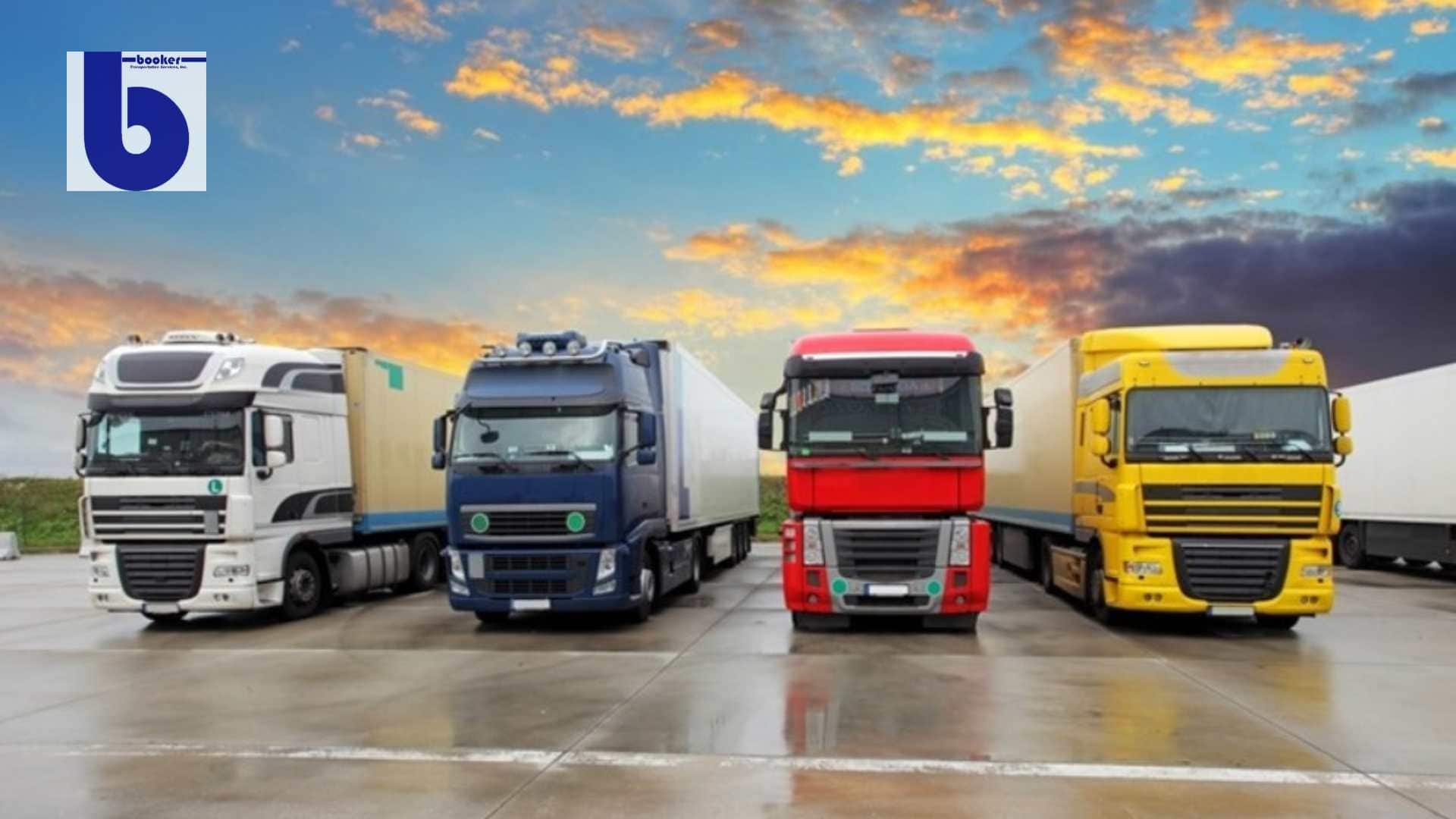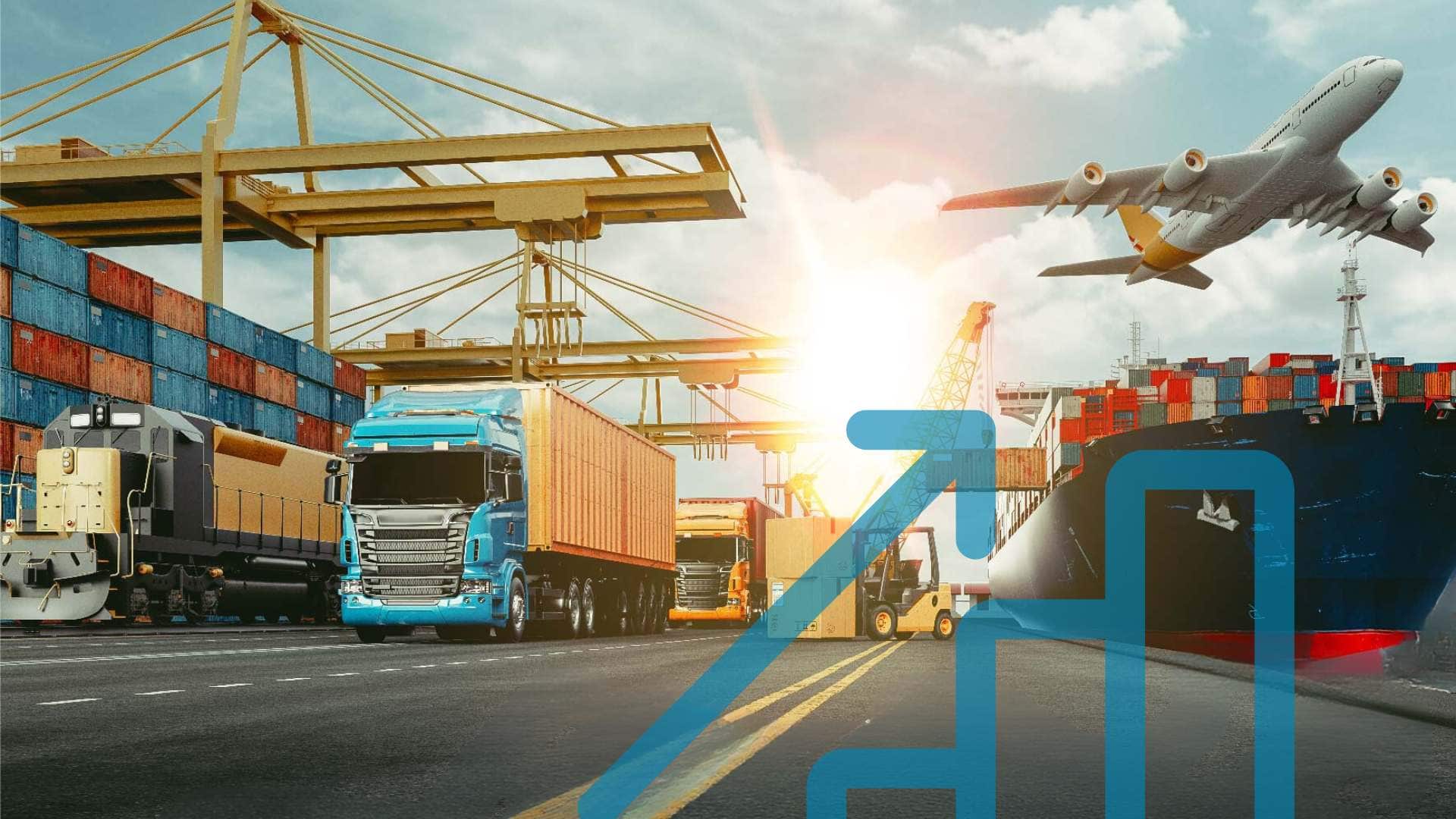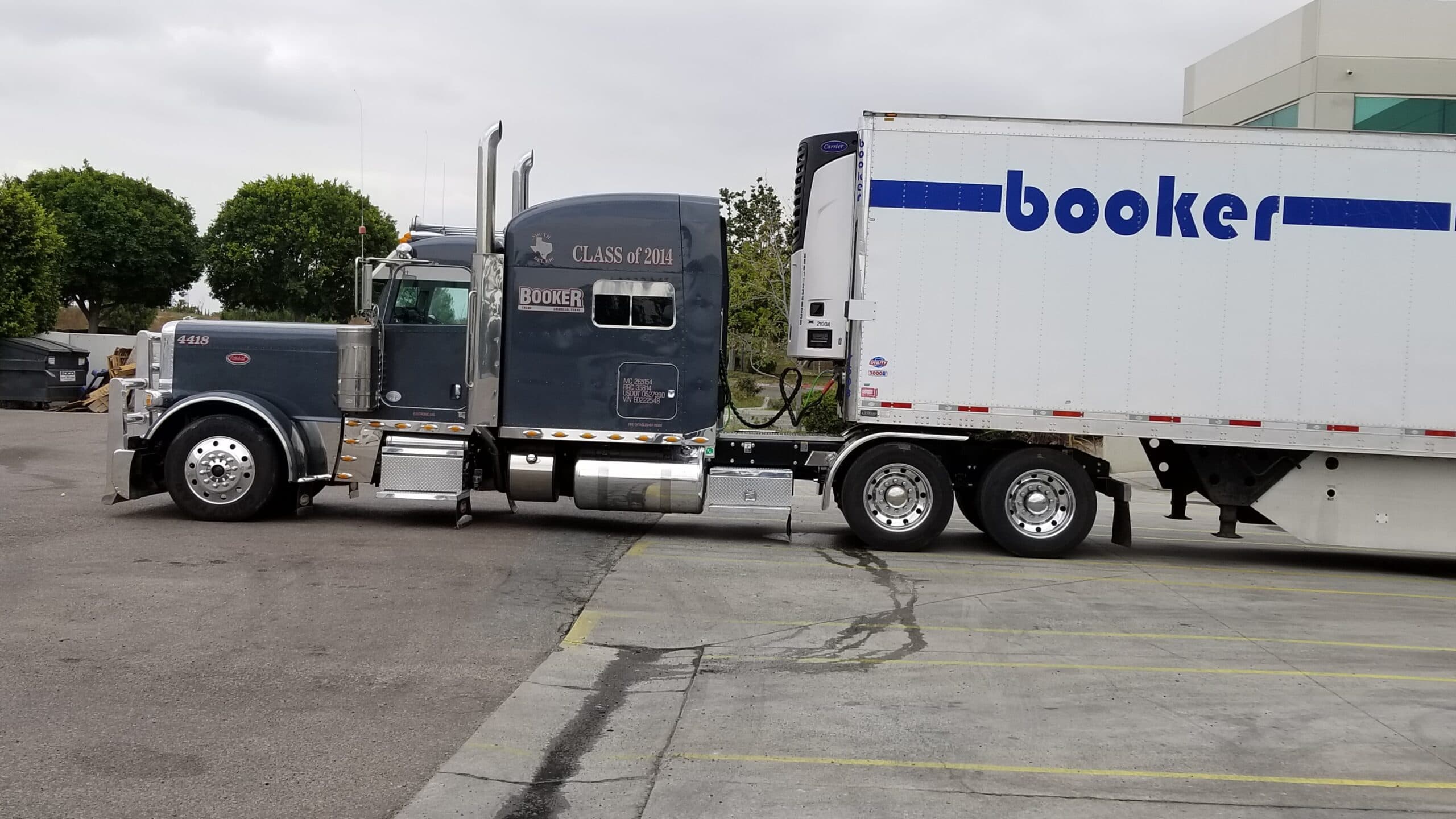Transportation logistics is the process of planning, organizing, and managing the movement of goods, people, or information from one location to another efficiently and effectively. It involves coordinating and optimizing various activities, such as route planning, mode selection, carrier management, freight forwarding, and tracking. The main objectives of transportation logistics include minimizing transportation costs, reducing delivery time, and maximizing operational efficiency. Also, improving customer service and ensuring the safety and security of goods or passengers throughout the transportation process.
Data analytics plays an essential role in the field of transportation Services, offering numerous benefits and driving efficiency. By analyzing historical transportation data, traffic patterns, and weather conditions, data analytics can identify the most efficient routes for transporting goods. It helps to reduce fuel consumption, transportation costs, and delivery delays.

Understanding Data Analytics in Transportation Logistics
Generally, data analytics is used in any research work. Data analytics in transport logistics is used for many other purposes, including reducing transport costs. Using the power of data analytics, logistics managers can make informed decisions at every stage of the logistics process. Data analytics plays a vital role in route optimization. It helps identify the most efficient routes based on traffic conditions, distance, and delivery time, reducing fuel consumption and transportation costs.
Carrier selection and performance management benefit from data analytics as well. Allowing managers to evaluate carrier performance metrics and make data-driven decisions to optimize shipment allocation and maintain high service levels.
Data Collection Methods and Technologies
Technology is being used for all kinds of data collection, data storage, and data analysis. The most used data collection method and technology is the GPS tracking system. GPS tracking allows for accurate shipment tracking and optimized route planning. Electronic Data Interchange (EDI) facilitates seamless data exchange between organizations, streamlining logistics processes. Automated data collection systems involve electronic sensors, cameras, and other devices to collect data on transportation activities. These systems can monitor traffic flow, detect vehicle accidents, and track the movement of goods.
Data Analysis Techniques and Tools
Transporting products is a complex field that requires careful data analysis to optimize shipping costs, delivery times, inventory management, and other vital factors. A logistics company can use various data analysis techniques and tools to achieve these goals. For example, network optimization uses mathematical models to optimize the flow of goods through a transportation network. Business intelligence (BI) and Geographic Information Systems (GIS) are used to analyze data techniques and tools.
Prescriptive analytics takes data analysis further by suggesting optimal courses of action. It considers various constraints and objectives to provide recommendations for decision-making. Prescriptive analytics can help with route optimization, load planning, and resource allocation in transportation logistics.

Improving Supply Chain Efficiency
Data analytics has revolutionized business operations, and supply chain management is no exception. By using advanced data analytics tools and techniques, companies can gain valuable insights into their supply chain operations and identify opportunities for improvement. This includes optimizing inventory levels to reduce lead times, increasing supplier performance, and improving forecast accuracy.
Route Optimization
Route optimization involves determining the most efficient routes for transportation based on factors such as distance, traffic conditions, and delivery time. It can help identify optimal routes, minimize fuel consumption, and reduce transportation costs. Additionally, it enables businesses to respond to unexpected events or changes in real time, ensuring timely deliveries.
Real-Time Tracking and Monitoring
Real-time tracking refers to continuously and immediately monitoring objects, individuals, or processes using advanced technologies and data analytics. It enables real-time access to crucial information, allowing for effective decision-making and prompt action. In various fields, such as logistics, transportation, healthcare, and security. Real-time tracking and monitoring systems are vital in optimizing operations, enhancing safety, and improving efficiency.
Benefits of Data-Driven Transportation Logistics
Organizations can optimize their logistics operations utilizing data analytics, leading to more accurate demand forecasting, efficient route planning, and enhanced resource allocation. This enables businesses to minimize transportation costs, reduce fuel consumption, and optimize delivery schedules, resulting in significant savings. Data-driven owner operator trucking provides real-time visibility into the movement of goods. This allows companies to track shipments, monitor inventory levels, and identify potential bottlenecks or delays.

Challenges in Implementing Data Analytics
Implementing data analytics in transportation logistics can come with its share of challenges. One of the primary challenges is the availability and quality of data. Transportation logistics generate vast amounts of data from various sources, such as sensors, GPS devices, and supply chain systems. Another challenge is the integration of disparate systems and data sources. A trucking company involves multiple stakeholders, including carriers, suppliers, and customers, each with systems and data formats.
Implementing data analytics plays a vital role in data security, and privacy is also critical. Transportation logistics data often include sensitive information, such as customer details, shipment contents, and location data. Adopting a data-driven approach requires a change in mindset and a willingness to adapt to new processes and technologies.
Implementation Considerations
Implementing data analytics in transportation logistics requires careful planning and consideration. The transportation logistics industry has seen a significant increase in the use of data analytics to enhance operations and decision-making processes. With the vast amounts of data generated in this industry, including information on routes, shipments, carriers, and customers. It has become increasingly important for companies to leverage this data to gain insights and optimize their operations.
Organizations need to assess their data infrastructure and capabilities. Successfully implementing data analytics, organizations can gain valuable insights, optimize their operations, and stay ahead in a highly competitive industry.
Future Trends in Data Analytics for Transportation Logistics
Data analytics plays an increasingly crucial role in transportation logistics, and several future trends are expected to shape this field. One significant trend is the integration of real-time data. With technological advancements, transportation companies can now collect and analyze vast amounts of data in real-time. It allows them to make timely and informed decisions.
Another emerging trend is the utilization of artificial intelligence (AI) and machine learning (ML) algorithms in data analytics for transportation logistics. These technologies can sift through complex and large data sets, identifying patterns, predicting demand, and optimizing operations. AI and ML can automate route planning, demand forecasting, and predictive maintenance tasks. It can enable companies to streamline operations, reduce costs, and minimize risks.
The future of data analytics in transportation delivery holds great potential. Integrating real-time data, AI and ML algorithms, sustainability initiatives, technology, and data security measures will shape the industry. Which will enable companies to optimize operations, increase sustainability performance and provide better customer experience.

Conclusion
Data analytics has transformed transportation logistics, enabling businesses to optimize operations, reduce costs and improve customer service. Companies can benefit significantly by using predictive analytics, route optimization, real-time tracking, and demand forecasting. Successful implementation requires careful planning, data integration, and consideration of security and privacy concerns. Embracing data analytics in transportation delivery can pave the way for improved efficiency, sustainability, and overall business performance. Data analytics contributes to environmental sustainability in transportation logistics by optimizing routes, reducing empty miles, and improving fuel efficiency. These measures help minimize carbon emissions and promote greener transportation practices.
About Booker Transportation
Booker Trans is 100% Owner Operator. It is our belief that an Independent Owner is the best way to get a customers freight delivered timely and safely. Booker is a leading Refrigerated Carrier providing the best lease options in the industry for today’s Owner Operators. Monthly and Yearly Awards, Longevity Bonuses, and the Free tires for Life of Lease Program, are just a few examples of what Booker Trans offers the Owner Operator. Booker Trans has built it’s success upon working partnerships with Customers, as well as Agency Relationships built over the last 20 years. Those same relationships are what makes consistent year round freight possible.
Are you interested in becoming an owner operator driver or getting into the logistics industry?
Let’s connect!
Economic Forecast: What Truckers Can Expect in 2024
05/15/2024

Navigating the Highways of Change
04/18/2024

